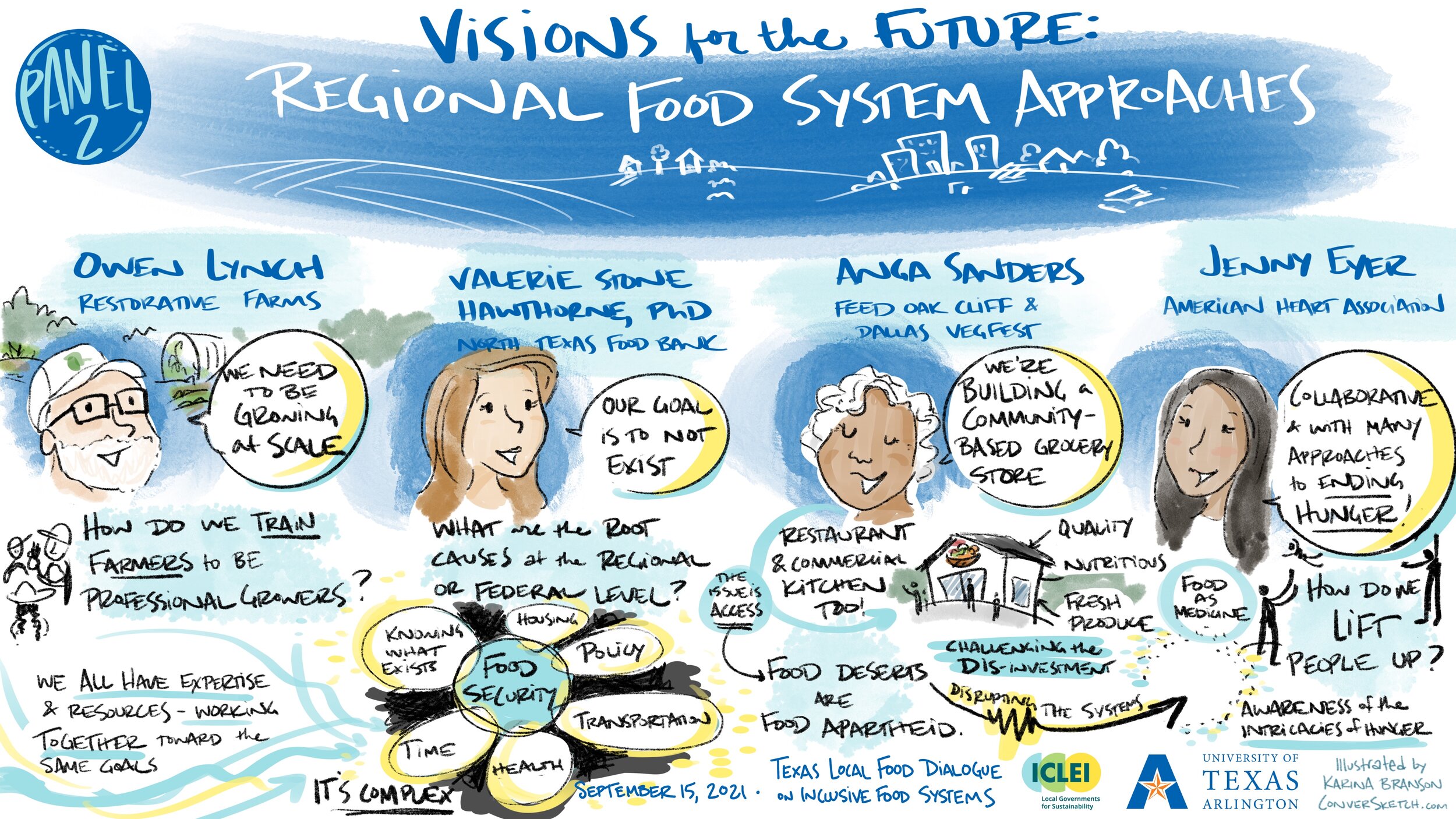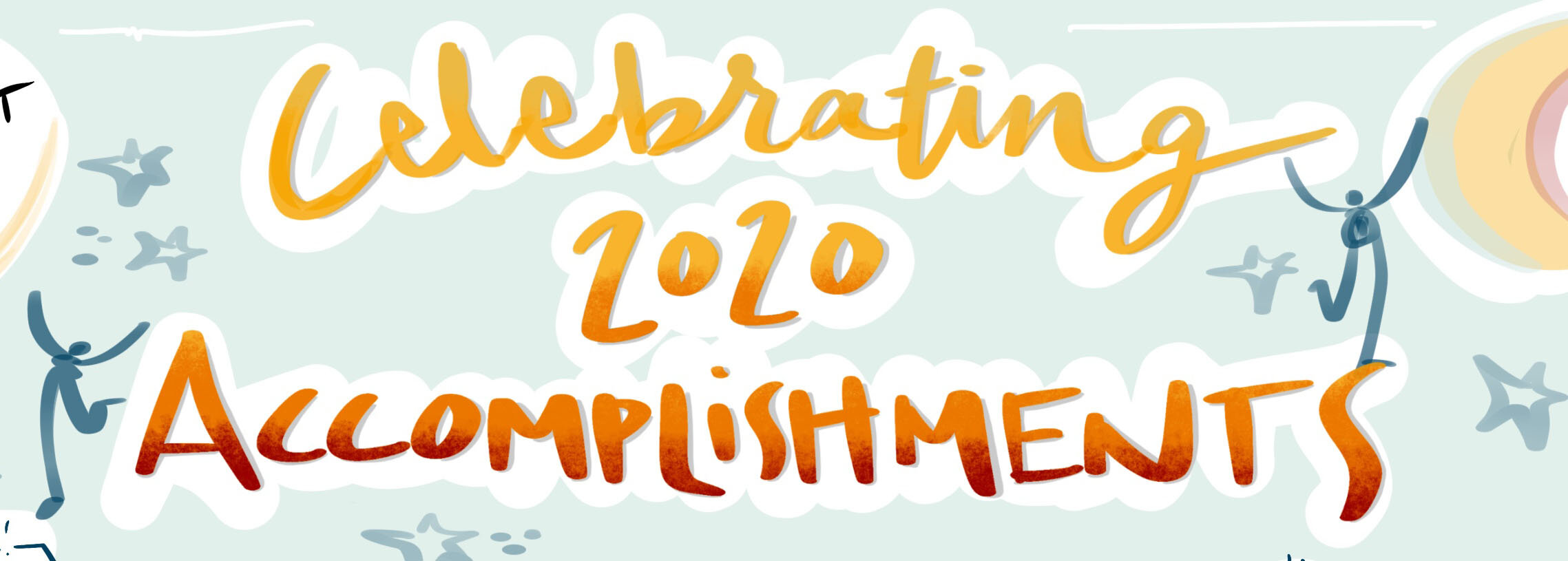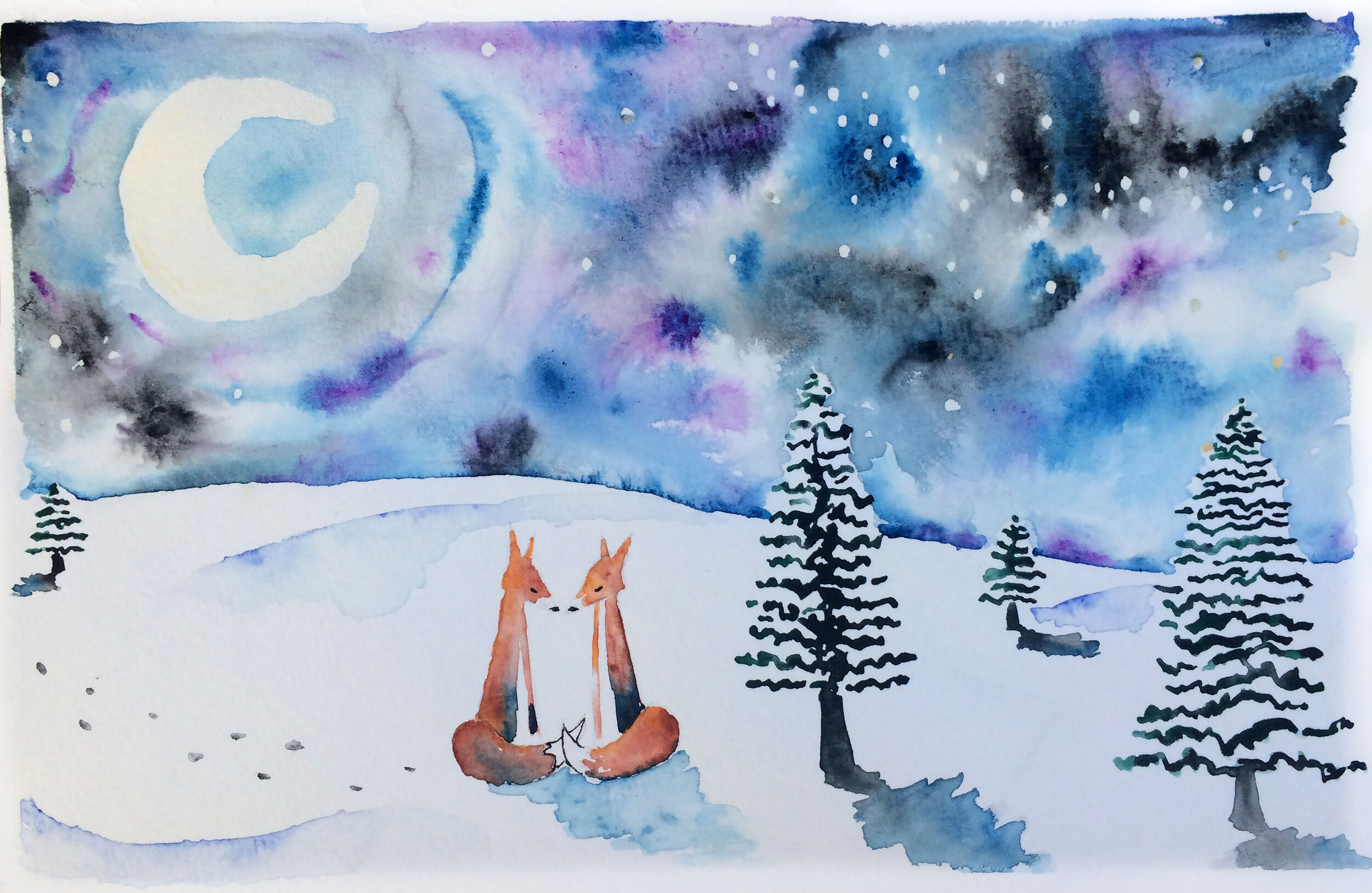This week’s newsletter is a quick tool I learned of from the Civic Canopy and I’m curious to try – perhaps while graphic facilitating a retreat next week.
It’s called The Decider App and uses a series of straightforward questions to help you and your team select a decision-making model that best suits your needs.
Whether you need support from the entire group but don’t have a lot of time, or you’re not even sure you need to make a decision, this tool helps you weigh your options and offers a quick snapshot of how to go about the decision-making process.
Here are a few other thoughts about good decision-making with groups:
Be extremely clear about what’s being decided
As a leader, cultivate an environment where people can disagree to invite different perspectives and avoid blind spots
And a list of four useful decision-making processes
Once again, thank you from my heart and soul for your support, great senses of humor, brilliant minds, collaboration and what you're each doing to make the world a better place.
Cheers,
Where in the Virtual World is ConverSketch?
Friendly Reminder – On the Grand Canyon October 28-November 24: If you missed it, in August we won a follow-up permit to raft the Grand Canyon! I will be out of the office and completely disconnected during this time, so thanks for your patience! If you need a visual practitioner during that time, let me know and I’ll be happy to connect you with someone in my network.
Photo: Spencer Branson.
UC Davis Orientation: This session on cultivating an inclusive, just, and equitable learning environment at Davis was nourishing and inspiring. The student voices I heard were poised, thoughtful, and supportive, and the resources on campus are top-notch.
North Texas Local Food Summit: In preparation for the UN Global Food Summit, local community leaders from across public and private sectors came together to discuss and brainstorm how to create a more robust and healthy network of local food for those who are often underserved.





















































